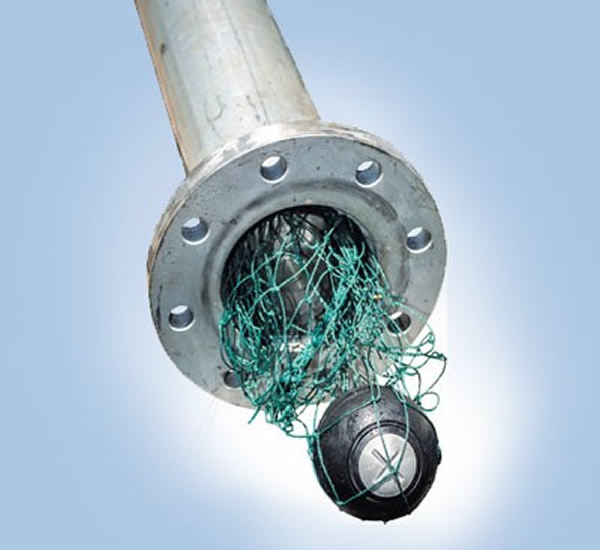The inspection of underground pipes using traditional methods is carried out from the surface, meaning that extraneous sounds, such as traffic noise, can “overlap” with the sound caused by water leaks. All these traditional systems are ineffective in large diameter networks. These networks tend to be deeper, with fewer elements and greater distances between them, thereby hindering that task of recording sounds. Moreover, the sound originating from the leak becomes diluted in a matter of very few metres, due to the structure and volume of a large-diameter pipeline. All this makes it practically impossible to locate leaks successfully with traditional systems.
The Nautilus working system consists of a sphere of minimum dimensions (60 mm), which is inserted into the water distribution system and is carried internally by the water. The sound created by an anomaly arising from a leak or air pocket is characteristic and familiar. The sphere monitors sounds inside the pipeline. When it is extracted, the data collected is sent to a software program for processing by means of a mathematical algorithm and the location of such anomalies is indicated by means of GPS.
The operating principle of the Nautilus system is based on the estimation of the position of the system as it travels through the pipeline, in accordance with the speed of the water flow and the time that has passed since insertion. A single propagation direction, the axial direction, is assumed. Because the exact point of anomalies is unknown, Kalman filtering is applied to identify the non-measurable points of the route.



